An incredibly rare chance to buy your own Iron Age hillfort with 'significant archaeological, conservational and ecological value'
Your eyes do not deceive you. Upon first glance, the ancient monument known as Hembury Fort Cross could well be mistaken as just a verdant hilly slope coated in trees. However, there's a lot more to it than first meets the eye.
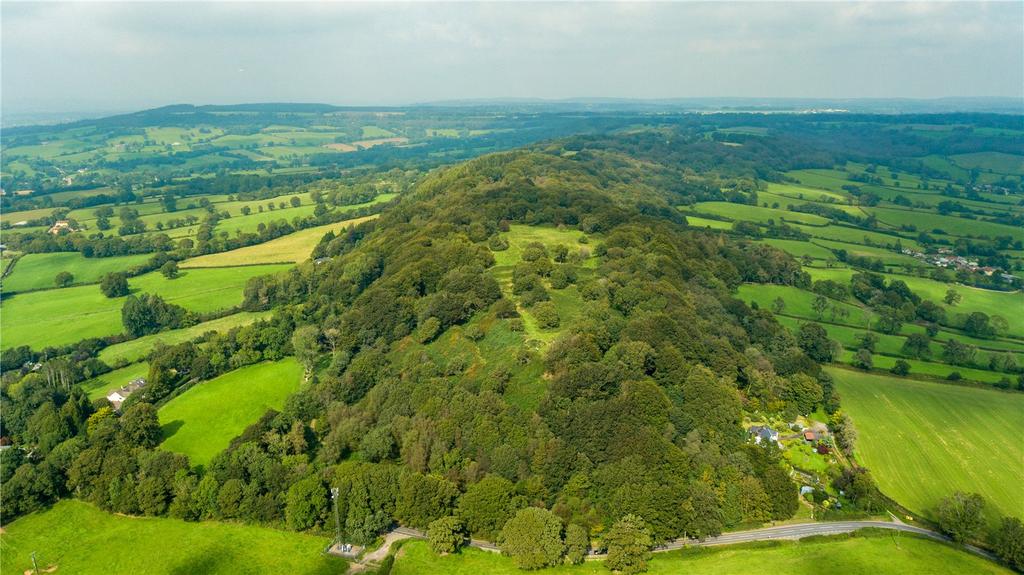
Granted, buyers searching specifically for an Iron Age hillfort may be scarce. Maybe you didn't even know you were a buyer searching specifically for an Iron Age hillfort until now. Maybe you didn't know what a hillfort (or 'hill fort' if you prefer— both terms are used) was until now; you wouldn't be alone. Either way, Hembury Fort Cross is sure to cause intrigue.
It's certainly not the normal sort of thing you'll see on the property portals, not least because there is no form of dwelling included within the 38.8-acre area at Hembury Fort Cross, near Honiton, Devon, which is currently on the market via Savills at a guide price of £100,000. But digging a little deeper unearths a fascinating history.
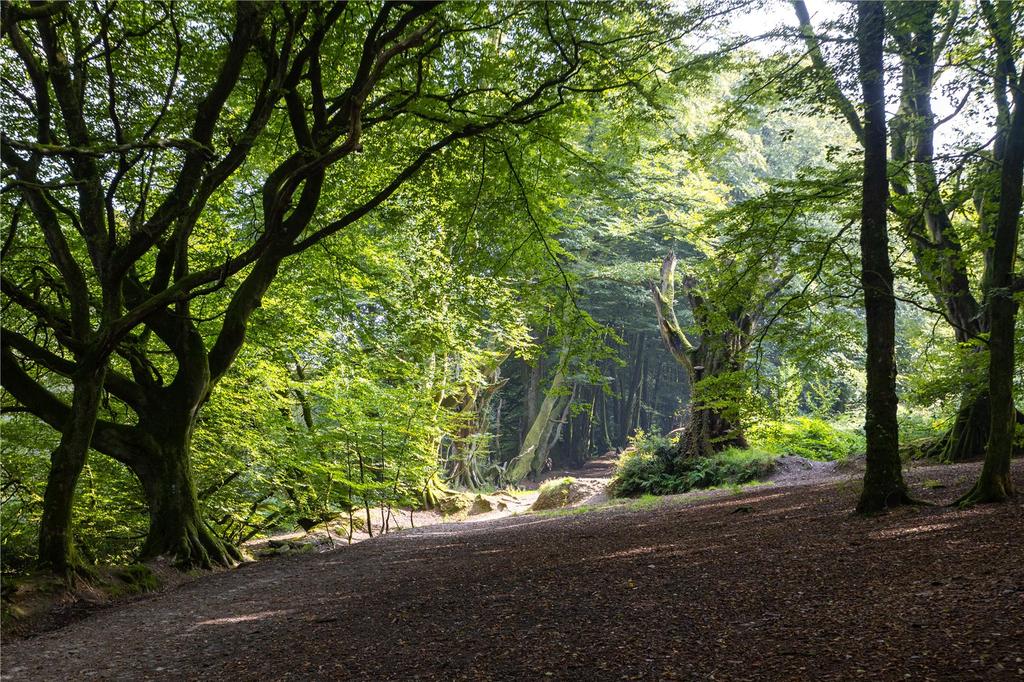
Agents Savills have delved into Historic England's scholarly pages for their research, describing hillforts as being amongst 'the most striking of all archaeological monuments in England.' Many were built and occupied during the period from about 900 to 100 BC, at a time when our island was divided into numerous tribal territories. Hillforts were well-defended settlements, ancient earthworks made up of defensive banks.
And as hillforts go, Hembury Fort Cross is up there with the best, according to its Historic England listing: it's in 'exceptionally good condition' with a 'well defined circuit of defences' causing the site to have huge archaeological significance and importance.
This particular hill fort was constructed on the site of a far older site, a former Neolithic causewayed enclosure (no shame in googling that one, though this link will save you the bother) that's between seven and eleven thousand years old. The hillfort also played a role beyond the Iron Age, being occupied by the Roman Army in 1st century AD.

The site, which is part of the Blackdown Hills Area of Outstanding Natural Beauty, has been managed since 2014 by Natural England's Higher Level Stewardship Scheme, under which works have been carried out in order to preserve and transform the fort, including the biodiversity and landscape value of the site as a whole.
Penny Dart, who is overseeing the marketing of Hembury Fort Cross for Savills' Exeter office, points out the unusual nature of the listing. 'It is incredibly rare for a site of such importance to reach the open market,' she says.
Sign up for the Country Life Newsletter
Exquisite houses, the beauty of Nature, and how to get the most from your life, straight to your inbox.
'A significant heritage asset, the landscape is also rich in ecological and environmental value. From the open heathland ridge, which offers outstanding views over Dartmoor and the south coast, mature woodland slopes away, providing fascinating woodland walks and a diverse habitat for interesting flora and fauna. It is a fascinating opportunity.’
Fascinating is the word. The south-facing heathland climbs up to a 240-metre high ridge (that's one way to keep your neighbours away), with woodland walks through an area that is a diverse habitat for plants and wildlife.
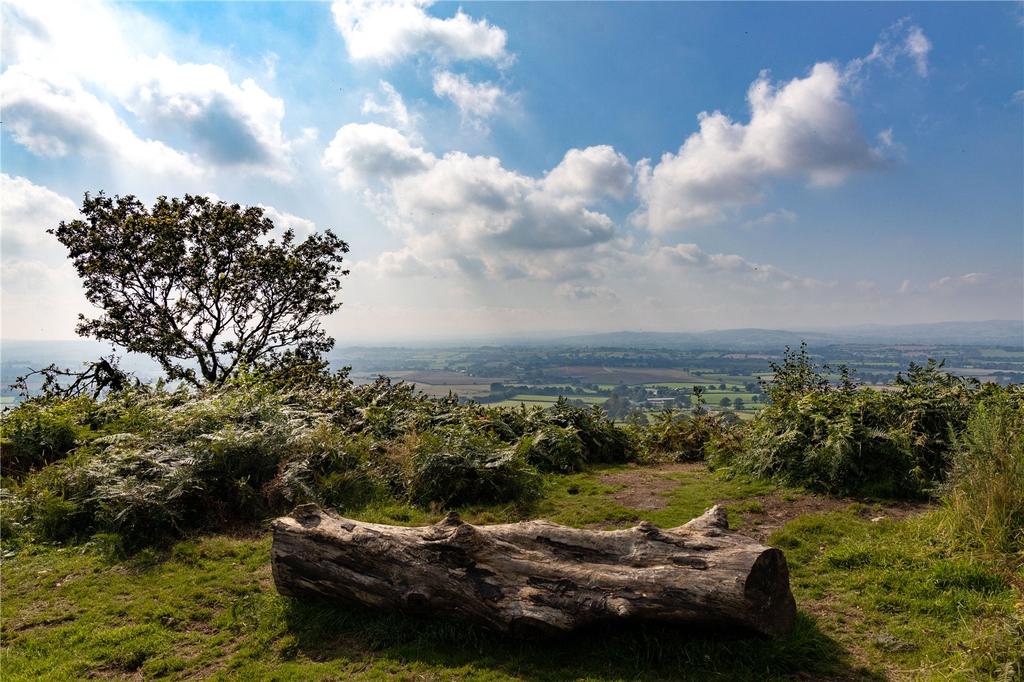
Yes, it is a bit random — and certainly niche. But when else will you get the chance to say that you own an ancient defence monument?
Hembury Fort Cross is currently for sale via Savills at a guide price of £100,000 — see more pictures, or enquire with the agent for further details. Further information can also be found here.

Credit: Strutt and Parker
Best country houses for sale this week
An irresistible West Country cottage and a magnificent Cumbrian country house make our pick of the finest country houses for
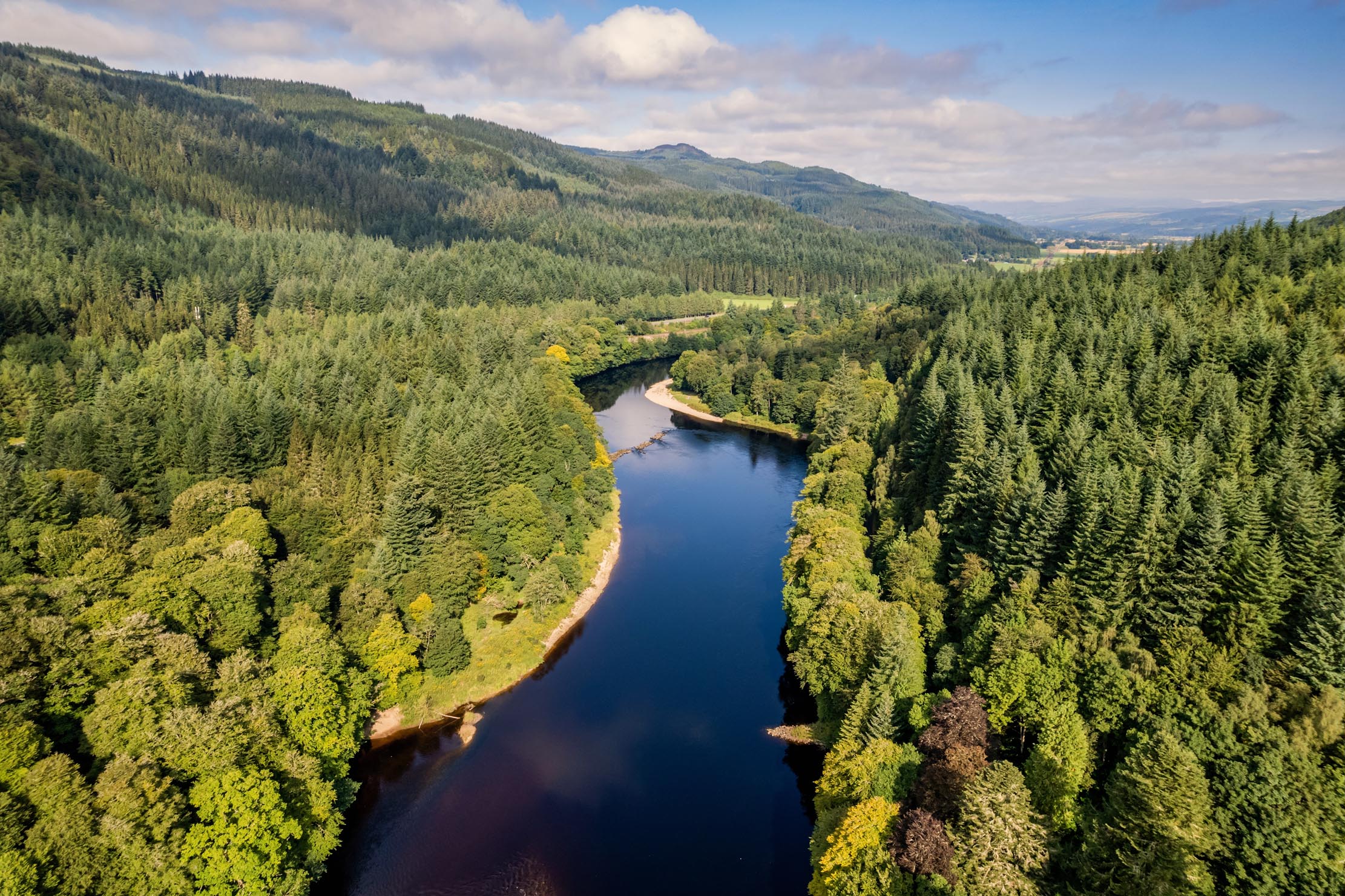
An incredibly rare chance to buy one of the most beautiful stretches of river in Britain (and one that's teeming with fish)
Two striking beats on the River Tay, Dunkeld House Water and the Newtyle Water, have come to the market. Carla
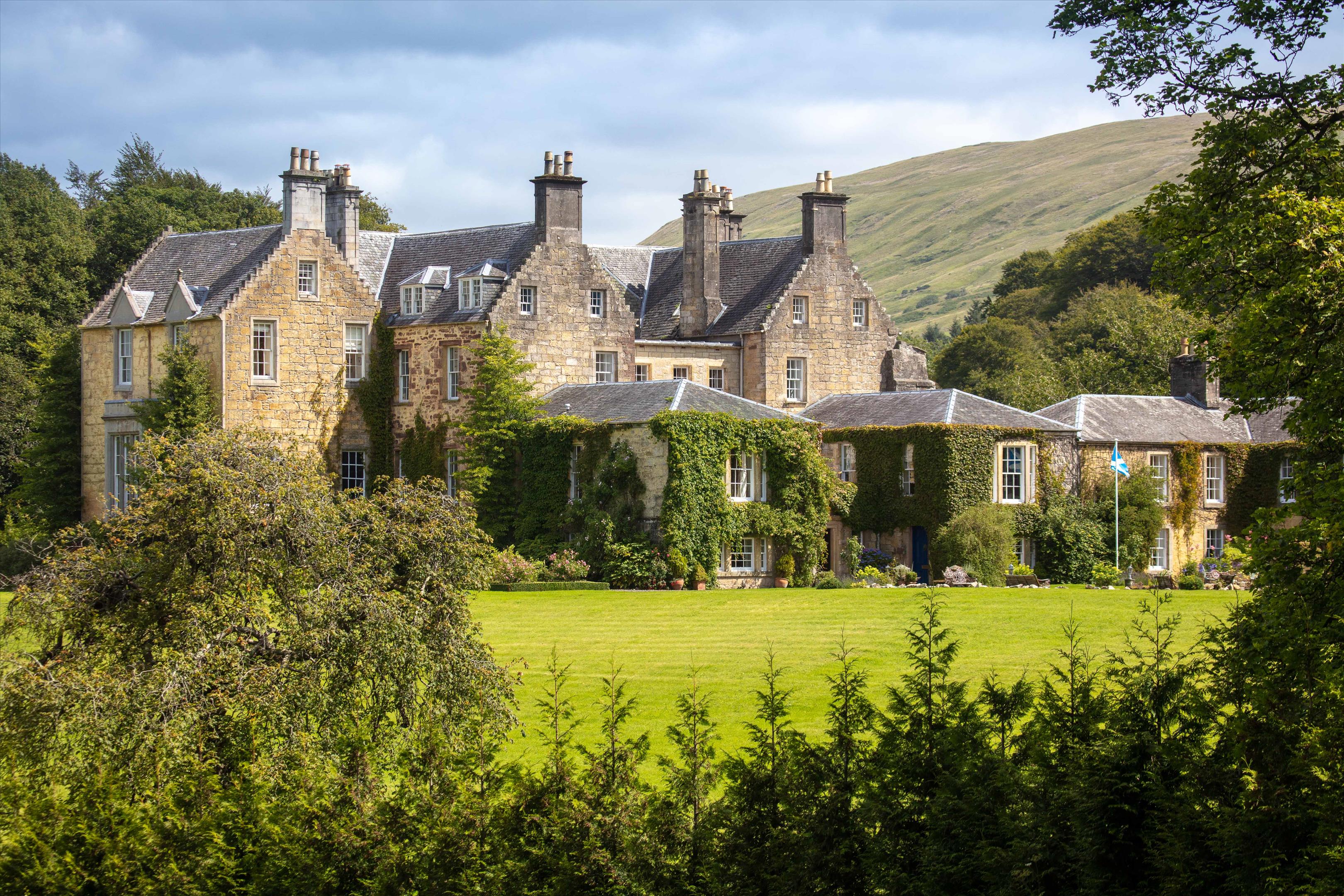
Spectacular Scottish castles and estates for sale
A look at the finest castles, country houses and estates for sale in Scotland today.
-
 Why British designers dream up the most desirable hotels
Why British designers dream up the most desirable hotelsWhen it comes to hotel design, the Brits do it best, says Giles Kime.
By Giles Kime Published
-
 The five minute guide to 'The Great Gatsby', a century on from its publication
The five minute guide to 'The Great Gatsby', a century on from its publication'The Great Gatsby' sold poorly the year it was published, but, in the following century, it went on to become a cornerstone of world literature.
By Carla Passino Published
-
 Five beautiful homes, from a barn conversion to an island treasure, as seen in Country Life
Five beautiful homes, from a barn conversion to an island treasure, as seen in Country LifeOur pick of the best homes to come to the market via Country Life in recent days include a wonderful thatched home in Devon and a charming red-brick house with gardens that run down to the water's edge.
By Toby Keel Published
-
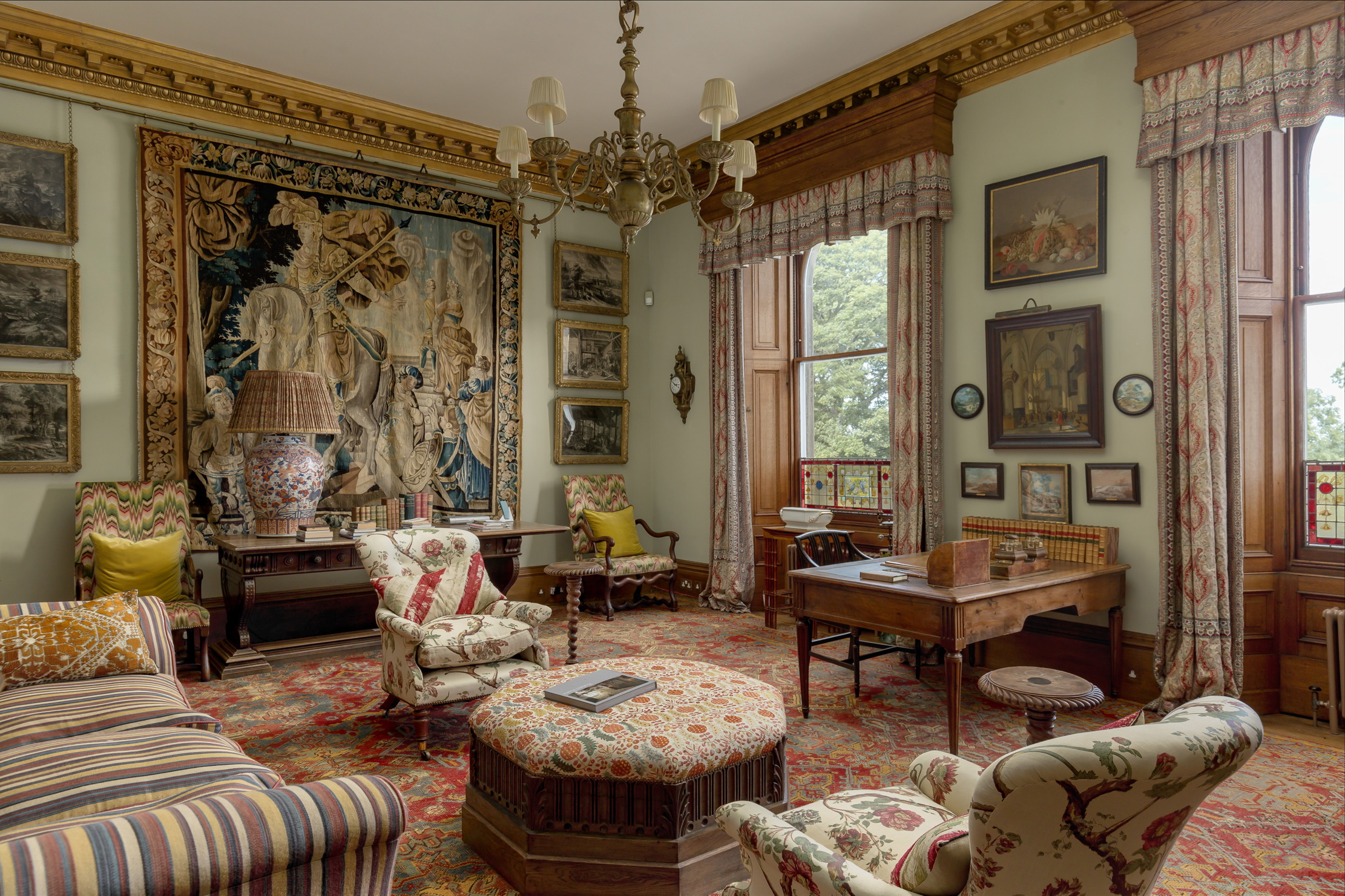 The finest interiors in Edinburgh? A seven-bedroom townhouse furnished by Robert Kime comes to market
The finest interiors in Edinburgh? A seven-bedroom townhouse furnished by Robert Kime comes to marketSituated on one of the New Town's grandest terraces, this four-storey property is a collector's dream.
By James Fisher Published
-
 A Grade II*-listed country manor with one of the most beautiful drawing rooms in England
A Grade II*-listed country manor with one of the most beautiful drawing rooms in EnglandIf Old Manor Farm in Somerset is good enough for Pevsner, it's good enough for you.
By Penny Churchill Published
-
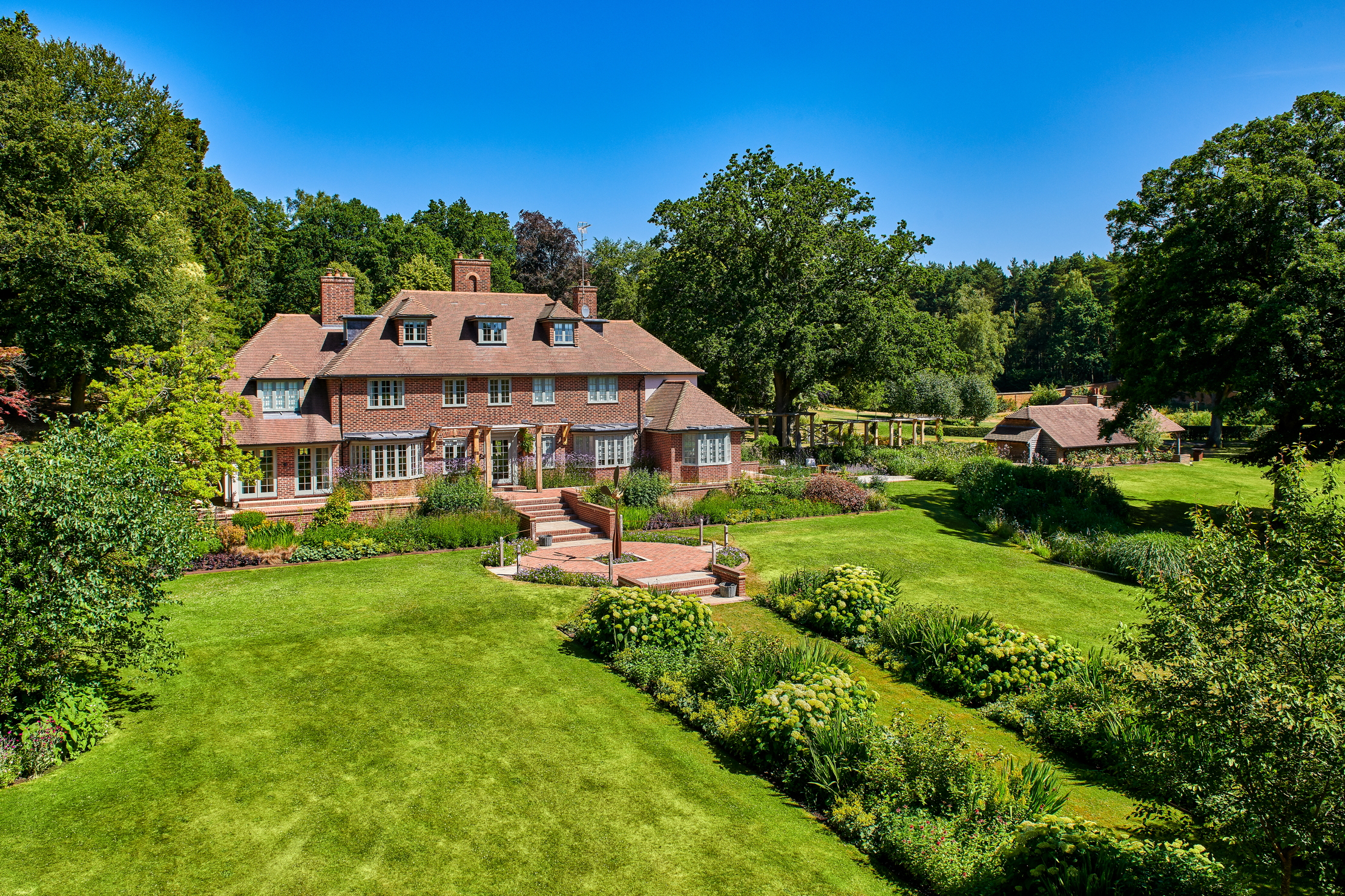 An eight-bedroom home in Surrey where an army of robots will look after your lawns
An eight-bedroom home in Surrey where an army of robots will look after your lawnsDo not fear the bladed guardians of Monksfield House. They are here to help.
By James Fisher Published
-
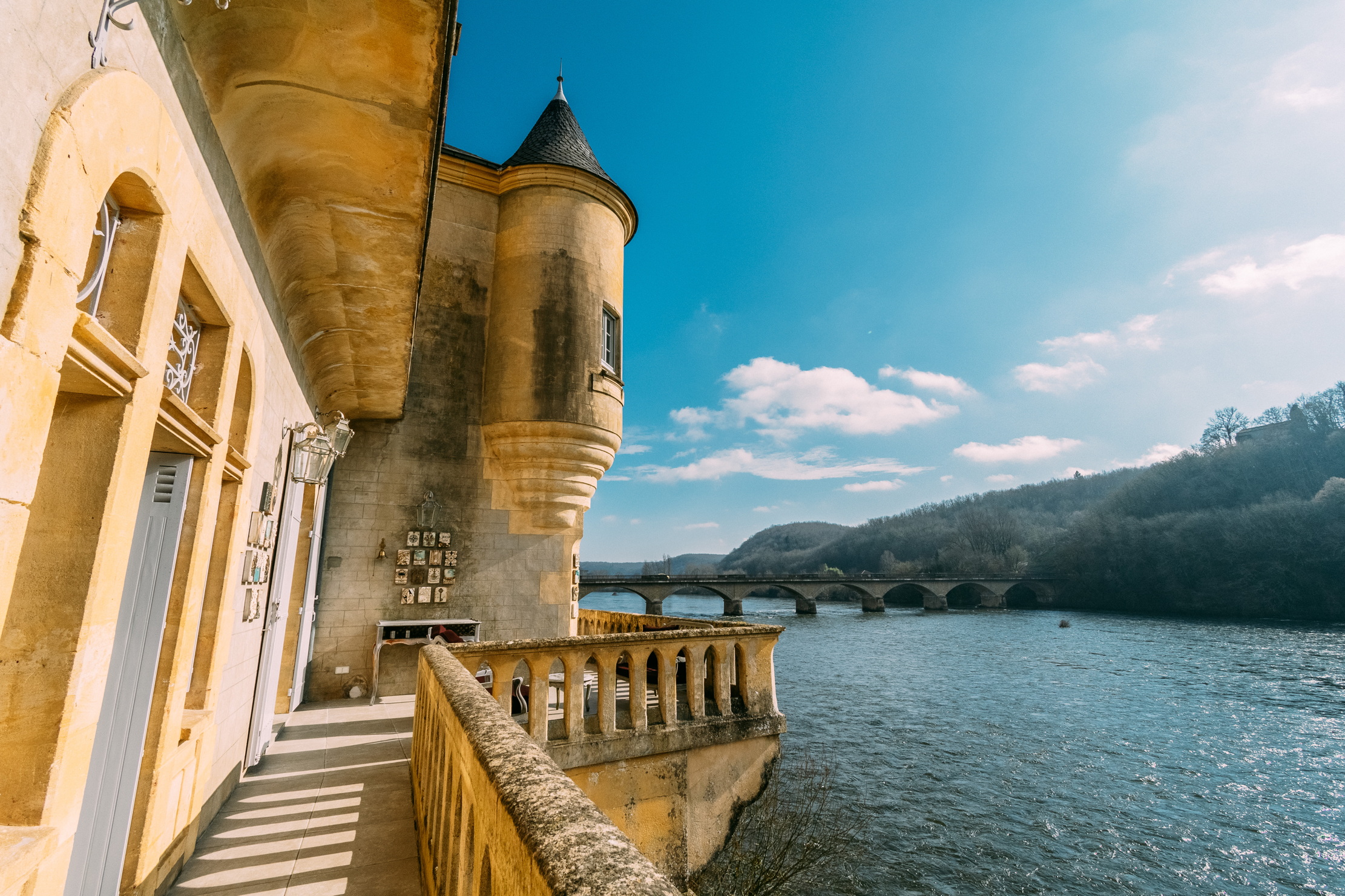 A French castle for sale on the banks of the Dordogne? With a swimming pool? Where do we sign?
A French castle for sale on the banks of the Dordogne? With a swimming pool? Where do we sign?This chateau in Lalinde is nothing short of a historical delight in the south of France. And it comes fully furnished.
By James Fisher Last updated
-
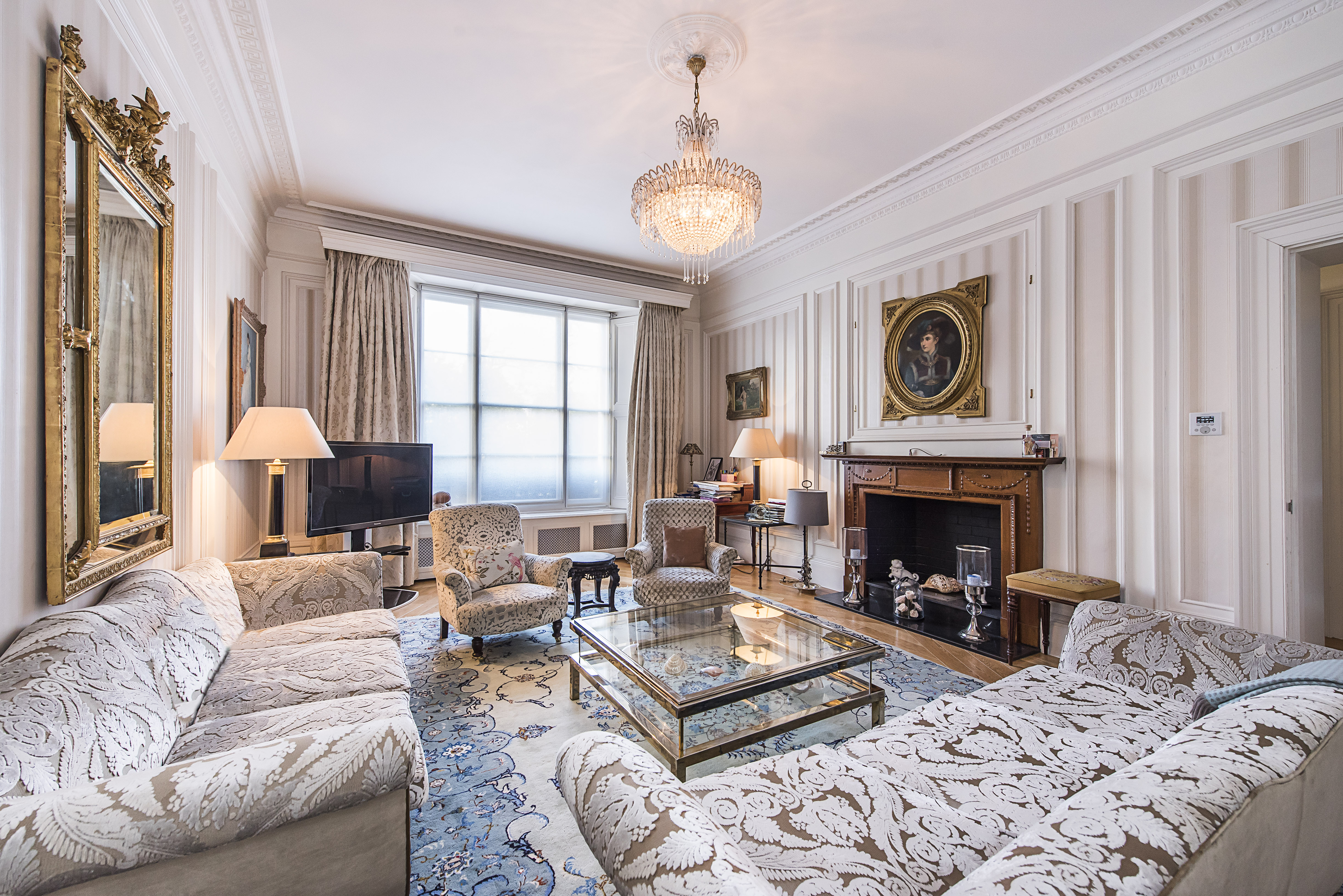 Sip your morning tea where Churchill once paced, as his former Pimlico home comes up for sale
Sip your morning tea where Churchill once paced, as his former Pimlico home comes up for saleThe five-bedroom flat in Eccleston Square offers ‘historical gravitas and modern comfort’ in a leafy pocket of London.
By Annabel Dixon Published
-
 Live a life of Tudor fancy in this five-bedroom London home with links to Cardinal Wolsey and Henry VIII
Live a life of Tudor fancy in this five-bedroom London home with links to Cardinal Wolsey and Henry VIIIFans of Wolf Hall rejoice, as a rare chance to own a Tudor home inside the M25 comes to market.
By James Fisher Published
-
 Murder, intrigue and 'the magic of a bygone era' at this eight-bedroom home set in 25 acres of Devon countryside
Murder, intrigue and 'the magic of a bygone era' at this eight-bedroom home set in 25 acres of Devon countrysideUpcott Barton is a family home steeped in history and comes with more than 5,000sq ft of living space.
By Penny Churchill Published
